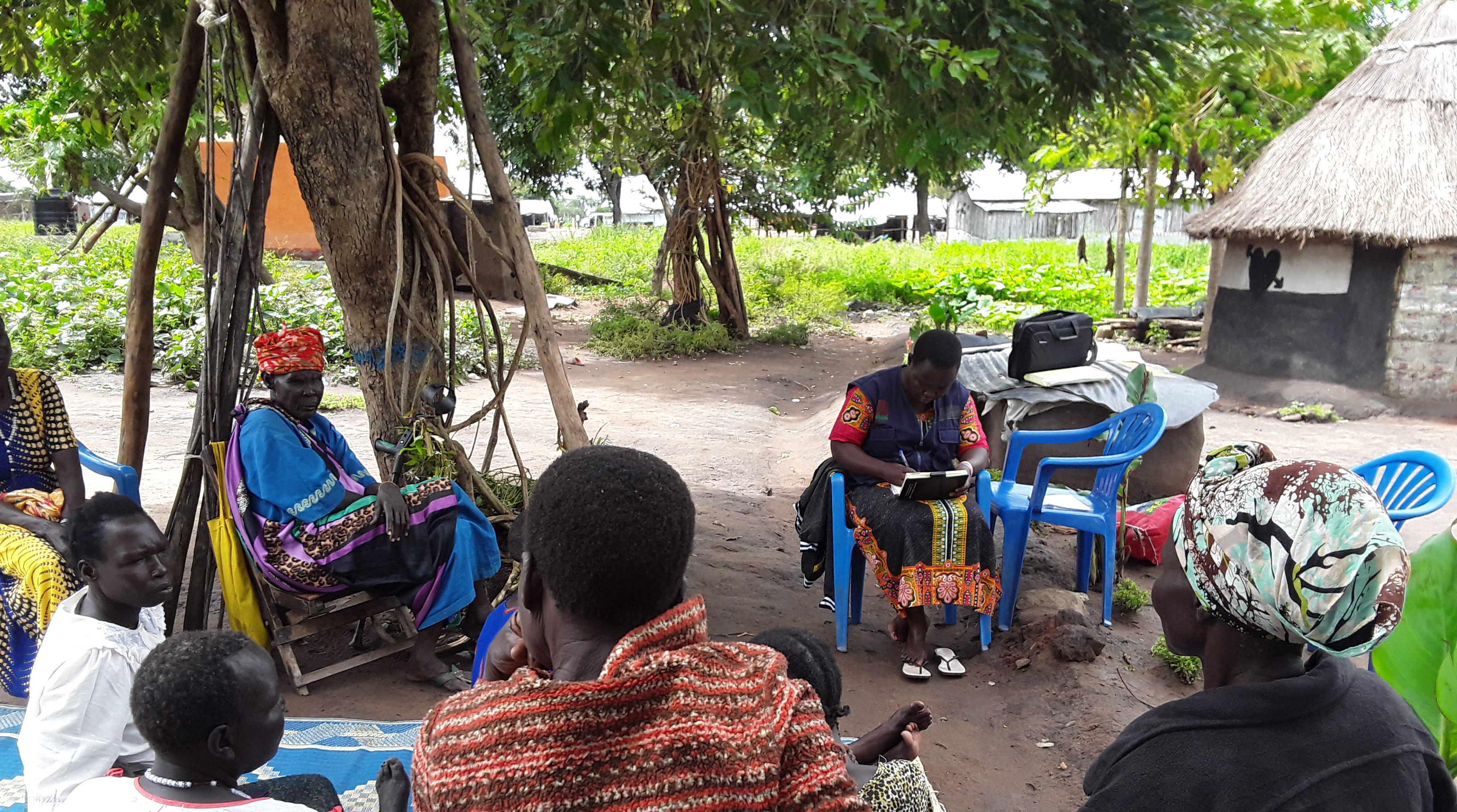Uganda, home to 42.7 million people (as of 2018), 1.4 million of whom are refugees (as of May 30, 2020), has moved considerable steps to deal with the movements triggered by the fragile geopolitics within the Great Lakes region. Uganda continues to open up and is a growing hub of economic activity considering the relative peace compared to some of its neighbors. A peek into the Compendium of Conflicts in Uganda by Refugee Law Project (2015) shows that a significant part of the Ugandan population have been forced migrants themselves.
Host communities in Uganda are impacted by hosting forced migrants from the region, a dynamic that further exacerbates already complex socio-economic realities, presenting both opportunities and challenges. Consequences of hosting displaced people on the local labor market have been considerably discussed in academic and political circles. On the one hand, forced displacement can alleviate sectoral labor shortage, especially when migrants possess skills which are valuable and complementary to the ones of the host population. Equally, the entry of forced migrants in the labor market may result in increased competition for less available job opportunities, leading to a decline in population welfare.
Yet another key aspect to consider is the availability of resources and infrastructure. In rural Uganda, an average citizen owns a modest plot of land from where food, water, firewood and thatch are sourced. Whereas forced migrants are likely to cause demand pressure on local supplies, they potentially attract investments undertaken by international agencies in public services. A study by Kreibaum (2016) points out that additional schools funded by Non-Governmental Organizations (NGOs) not only significantly relieved pressure on the Uganda Government to cope with increased demand of educational services but have also improved access to education in and around refugee hosting districts.
Noteworthy is also that hosting forced migrants is an enabler to a more diverse and inclusive society. In Uganda, host populations generously lend some of their lands to government to settle forced migrants. Such support has gone a long way in strengthening peaceful co-existence between refugees and host communities. However, this is just one example of relative peace and does not reflect the complex situation just yet, as both communities are dealing with unaddressed legacies of conflicts and/or disasters that shoved them into Internally Displaced Person (IDP) camps or in refugee settlements outside their country of origin. Indeed, it is essential to bear in mind that an influx of displaced populations may cause a feeling of insecurity in the host community. News and research reports have shown several episodes of clashes and xenophobic attacks mainly resulting from perception of unequal treatment in service provision. To realize sustainable peaceful coexistence, these realities should not be ignored in research, policy formulation and direct service provision.
In conclusion, working towards sustainable peace in both displaced person and their host communities demands intentional and inclusive policy matrices that consider the unique needs of forced migrants and their hosts. This approach needs of course to be girded by the bedrock of functional governance structures in order to be effective.


